
Photo Gallery | 156992 Views | May 06,2019
Sep 6 , 2025. By Halima Abate ( a public health professional with over a decade of experience. )
With only 0.41 hospital beds and 0.1 physicians per 1,000 residents, Ethiopia lags well behind global standards. Last year, outpatient visits averaged 1.7 per person. The country's 15,500 health posts, manned by 42,000 extension workers, cast a wide net, but the links between them are thin. By clustering services, planners hope to make better use of limited staff, equipment, and medicine, and to bring more advanced care closer to where people live.
The healthcare system reveals a country that is both moving forward and falling behind, often simultaneously. In Addis Abeba, hospitals are busier, doctors more available, and labs increasingly well equipped. Over the last 25 years, primary healthcare coverage has expanded sharply, rising from above 50pc to more than 90pc by 2019.
But despite the gains, rural Ethiopia tells a different story. In villages, expectant mothers still travel for hours on dirt roads to receive basic care. The gap between city and countryside is a stubborn divide, and policymakers are turning to a new model they believe could bridge it.
A one-stop and multidisciplinary health centre, medical plazas, bundle clinics, pharmacies, diagnostic labs, and speciality services under one roof. The structure mirrors the World Health Organisation’s (WHO) call for “integrated and people-centred health services,” and sits at the core of the second edition of the health sector transformation plan, which expires this year. Its mission is to reduce persistently high maternal and child mortality rates.
Progress remains modest, though. By 2020, maternal mortality stood at 267 deaths for 100,000 live births. A year earlier, 59 out of every 1,000 children died before reaching their fifth birthday.
The broader healthcare system remains deeply under-resourced. With only 0.41 hospital beds and 0.1 physicians per 1,000 residents, Ethiopia lags well behind global standards. These shortages are most acute in remote regions, where poverty, distance, and inadequate infrastructure make access to healthcare difficult. Last year, outpatient visits averaged 1.7 per person. Essential medicines remain sporadic in many rural districts. For many families, falling ill means steep transport costs, long waits, and few answers.
Three overlapping pressures compound the challenge. Communicable diseases such as HIV/AIDS, tuberculosis, and malaria continue to exact a toll. But the burden of non-communicable diseases, such as diabetes, hypertension and heart disease, has risen quickly, now accounting for roughly one-third of all years lost to poor health or premature death as of 2021. Add to this injuries from road accidents and domestic violence, and the strain grows heavier. Periodic conflict, recurring droughts, and tight budgets further weaken the system.
This year’s health allocation covers only 30pc of the sector’s estimated needs.
Against this backdrop, health officials see the plaza as a practical intervention. By clustering services, planners hope to make better use of limited staff, equipment, and medicine, and to bring more advanced care closer to where people live. The country’s 15,500 health posts, manned by 42,000 extension workers, cast a wide net, but the links between them are thin. Referrals are often delayed, paperwork is lost, phone calls are unanswered, and ambulances are prone to breakdown. These logistical failures, especially during obstetric emergencies, often prove fatal.
Early pilots suggest that the hub-and-spoke model can be helpful. In some areas, test results for malaria and tuberculosis are moving more quickly to regional labs. Yet, patient satisfaction with referral services remains low, between 50pc and 60pc in central districts. Officials propose holding more regular provider meetings, providing additional training, and appointing liaison officers to guide patients through the system.
However, the staffing shortage looms large. Years of “brain drain” have led many trained doctors and nurses to leave the country for overseas opportunities. Estimates suggest three-quarters of experienced professionals have left. Today, one physician serves about 5,843 people, while one nurse handles 999. To stem the tide, health officials opened private wings inside public hospitals and expanded postgraduate training. Since 2013, medical schools have accelerated their output, yet keeping graduates in-country remains a challenge.
There is precedent for optimism. From 2003 to 2018, the Community Health Extension Program trained tens of thousands of frontline workers and expanded care to remote areas. The health workforce grew to nearly half a million by 2023/24. Many are now working in team-based environments that promote continuous learning and the use of technology.
Federal planners hope this momentum will help address what public health experts refer to as the “triple burden”: infectious diseases, chronic illnesses, and injuries. Each plaza is designed to function as a regional hub, linking village-level posts with district hospitals and labs. Fewer handoffs and shorter travel times could reduce out-of-pocket spending and help detect complications earlier. That could prove decisive in childbirth or for chronic conditions. Mental health alone makes up 11pc of the national disease burden.
Supporters argue that well-equipped plazas, often built through public-private partnerships, can provide competitive pay and modern facilities to keep health professionals in the country. In 2019/20, Ethiopia’s per capita health spending reached 36.40 dollars, well below what is needed. Federal legislators have turned to private investment, offering incentives to attract local and foreign capital to the rollout of the plaza.
The U.S. International Trade Administration has pointed to such partnerships as vehicles for upgrading services in eye care, dialysis, and malaria treatment. In one program, 106 private clinics joined the national tuberculosis response, resulting in a 15pc increase in case detection. In the capital, construction is underway on the 300-million-dollar Roha Multi-Speciality Hospital. The facility, backed by U.S. investors, aspires to be the first to meet international certification standards such as JCI and EDGE. Its promoters hope to reduce outbound medical tourism, a costly trend as Ethiopians continue to seek unavailable care abroad.
Still, the plaza approach is no cure-all. Shortages of drugs and supplies persist. Some rural patients are unfamiliar with or distrustful of the new model. Logistical weaknesses, including washed-out roads, power outages, and poor communications, continue to disrupt operations.
Implementation will make or break the initiative. Referral bottlenecks stem from a cascade of issues, including missing forms, inconsistent phone service, and overstretched staff. Research reveals the need for monthly coordination meetings, on-site mentoring, and case managers to handle complicated referrals. Early signs from laboratory specimen networks show gains are possible. Scaling that success nationwide, however, will test the system’s limits.
Even so, the shift toward integrated care appears to be taking root. Plazas are more than buildings as they represent a structural shift toward better coordination and more equitable access. For a country seeking to close the urban-rural gap and shield its citizens from medical poverty, it may offer the breakthrough long overdue.
PUBLISHED ON
Sep 06,2025 [ VOL
26 , NO
1323]

Photo Gallery | 156992 Views | May 06,2019
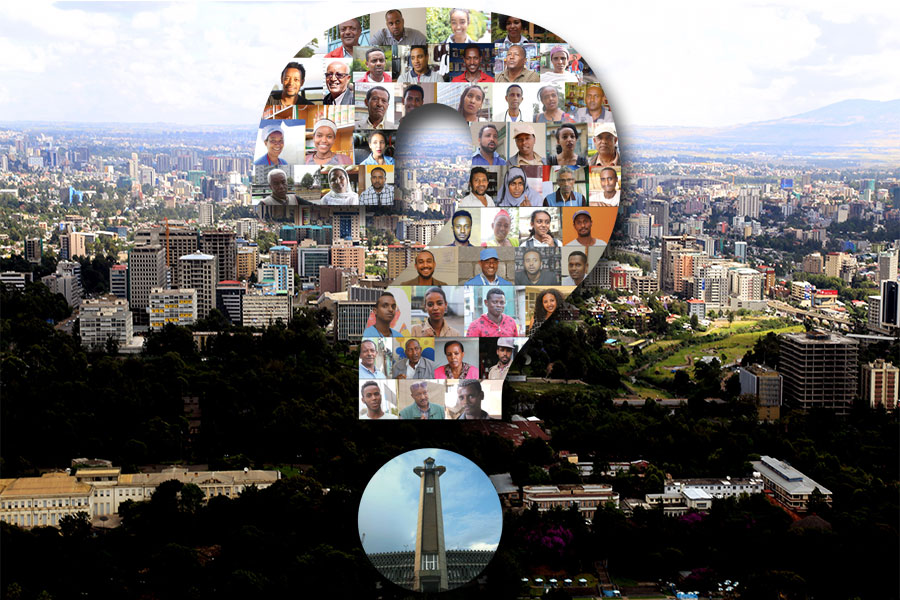
Photo Gallery | 147282 Views | Apr 26,2019
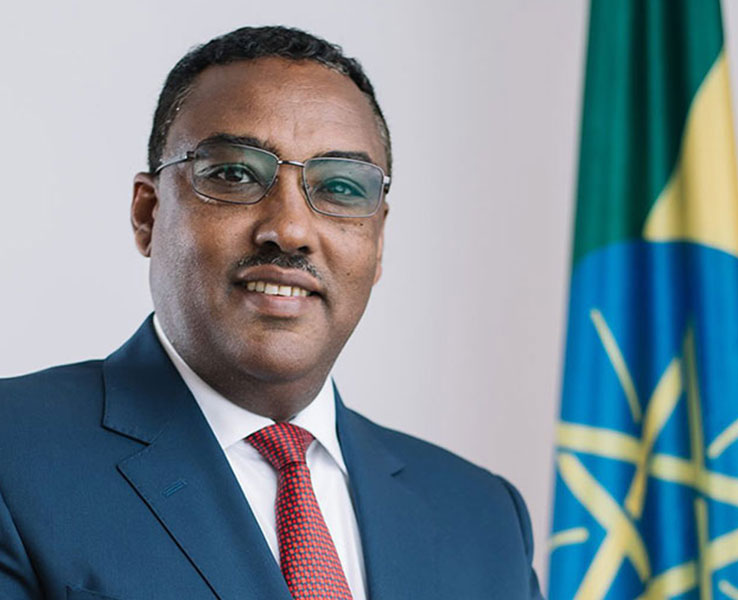
Photo Gallery | 135856 Views | Oct 06,2021

My Opinion | 135290 Views | Aug 14,2021
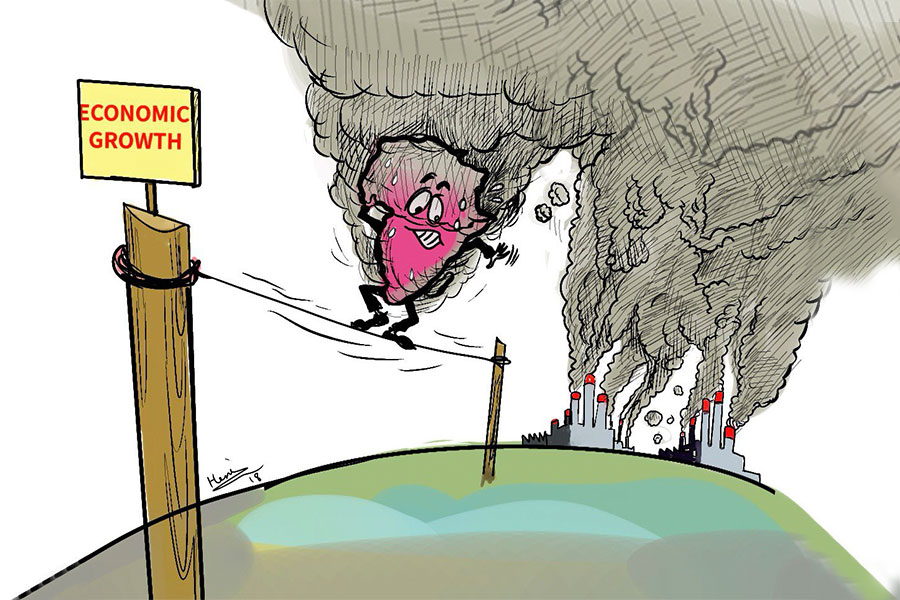
Sep 13 , 2025
At its launch in Nairobi two years ago, the Africa Climate Summit was billed as the f...
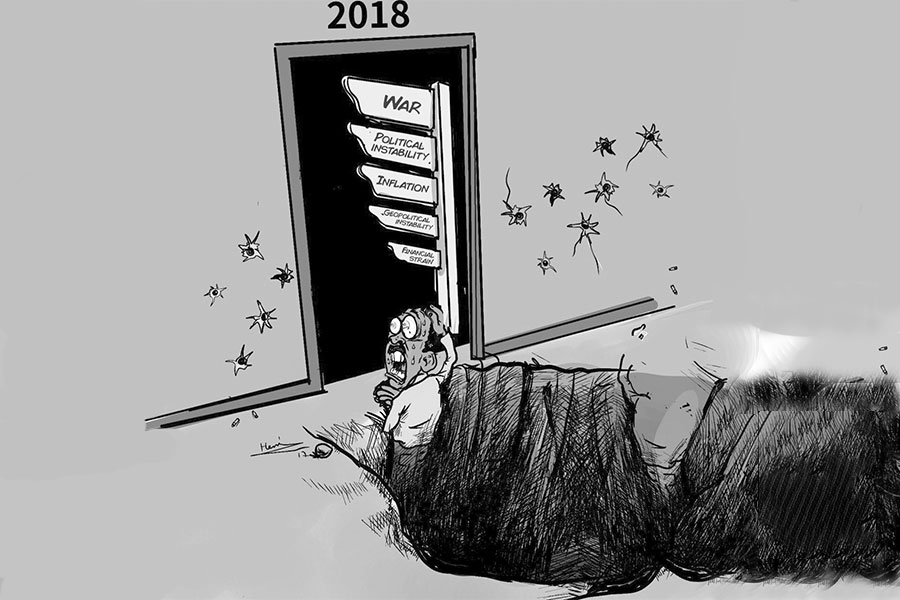
Sep 6 , 2025
The dawn of a new year is more than a simple turning of the calendar. It is a moment...
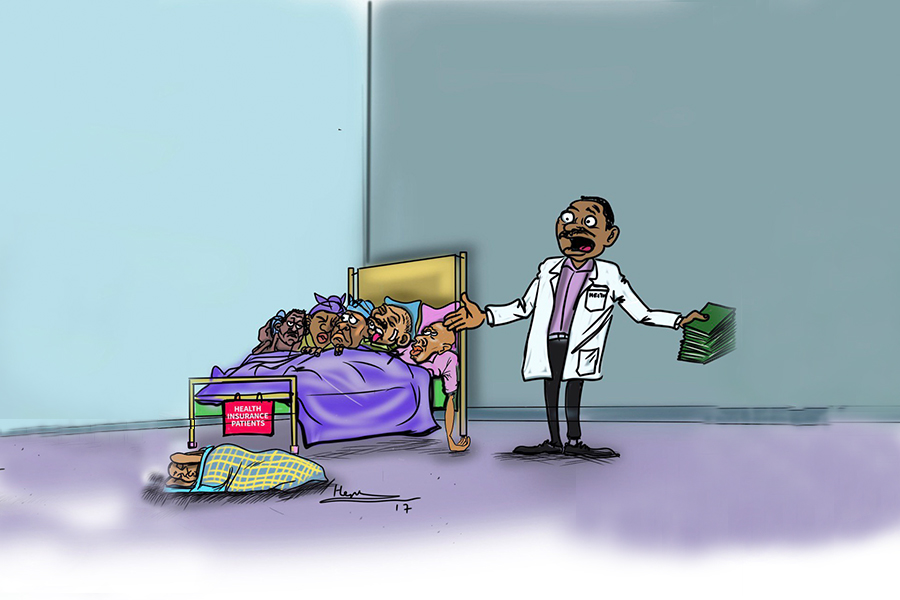
Aug 30 , 2025
For Germans, Otto von Bismarck is first remembered as the architect of a unified nati...

Aug 23 , 2025
Banks have a new obsession. After decades chasing deposits and, more recently, digita...